Malware - Ein Überblick
Lesezeit: 4 min | 01. Februar 2022

Malware ist der Überbegriff für Software, die sich auf ein Computersystem installiert und dort dann oft weitreichenden Schaden anrichtet. Es gibt unterschiedliche Arten von Malware, die dann oft auch unterschiedliche Ziele verfolgen. Im Folgenden wird eine Übersicht über einige der wichtigsten Malware gegeben.
Lesen Sie entweder den vollständigen Artikel oder springen Sie direkt zu einer Kategorie, die Sie interessiert:
1. Computervirus
2. Computerwurm
3. Trojaner
4. Backdoor
5. Spyware
6. Ransomware
7. Schutzmaßnahmen
Jetzt die leitzcloud ausprobieren
Überzeugen Sie sich selbst!
Erstellen Sie sich ganz einfach einen Probeaccount!
Keine Zahlungsinformationen benötigt.
Kostenlos Testen
1. Computervirus
Ein Computervirus ist wohl die bekannteste Form von Malware, obwohl oft fälschlicher Weise der Computervirus mit dem Überbegriff Malware gleichgesetzt wird.
Ein Computervirus ist ein Programm, welches sich auf dem infizierten Gerät selbständig weiter ausbreiten kann.
Wie im echtem Leben auch, braucht der Virus einen Host, also beispielsweise eine Datei oder Software, die der Virus infizieren kann.
Wichtig zu wissen ist, dass ein Virus sich nur mit Hilfe des Nutzers installieren kann, beziehungsweise auch nur mit Hilfe eines Nutzers auf weitere Computersysteme übertragen wird. Dies passiert beispielsweise dadurch, wenn ein Nutzer ein infiziertes Programm startet oder eine infizierte Datei per Mail weitersendet.
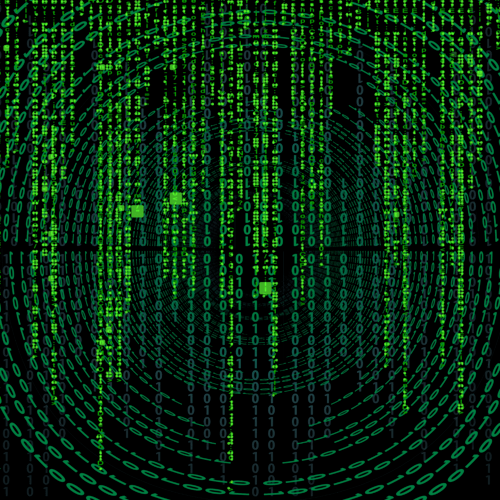
2. Computerwurm
Ein Computerwurm ist ähnlich zu einem Virus. Allerdings braucht ein Wurm im Vergleich zu einem Virus keinen Host und kann sich außerdem eigenständig weiterverbreiten.
Ein Wurm nutzt die vorhanden Datenübtragungswege, wie z.B. E-Mail-Programme, um sich selber weiter zu verbreiten.
"I Love You" Wurm
Eine der größten Computerwurmattacken war der “I love you” Wurm vom Mai 2000. Insgesamt infizierte der Wurm etwa 500.000 Computer und richtete einen Schaden von etwa 10 Milliarden Dollar an.Der Wurm war als Liebesbrief getarnt an eine Mail mit dem Betreff “I love You” angehängt. Sobald der Nutzer diesen Brief öffnete, installierte sich der Wurm und verschickte sich selbst mit der selben Art von E-Mail an alle Kontaktdaten des jeweiligen Nutzers. So verbreitete sich der Wurm rasend schnell.
Der Wurm veränderte systemrelevante Dateien und brachte so viele Netzwerke zum Stillstand.
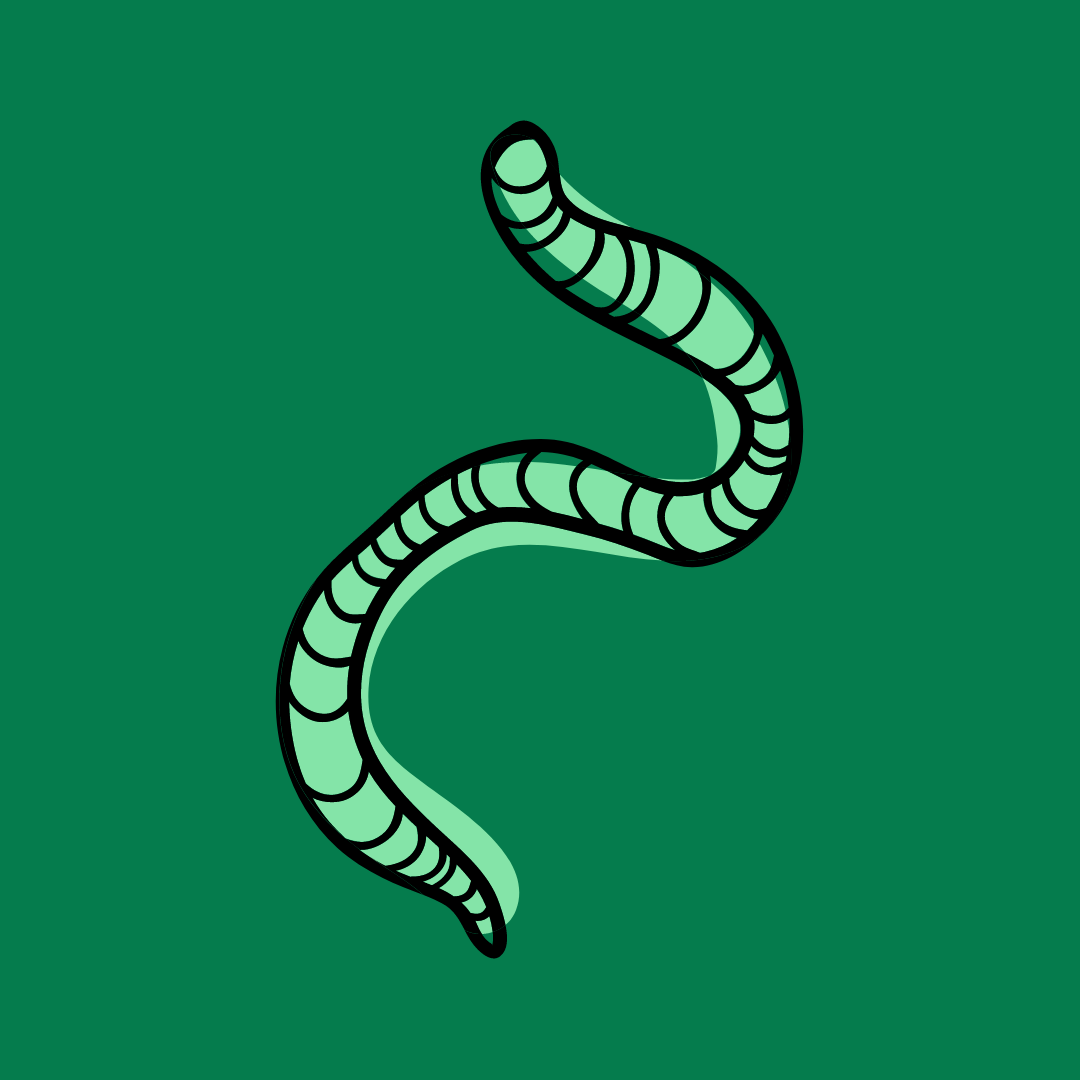
3. Trojaner
Trojaner können sich, wie ein Computervirus auch, nur mit Hilfe eines Nutzers installieren.
Oft werden Trojaner über E-Mail-Anhänge oder vermeintlich nützliche Programme, wie zum Beispiel als Antivirenprogramm getarnte Trojaner, installiert.
Einmal auf einem System können sich Trojaner dort selbständig replizieren.
Emotet
Ein bekannter und sehr gefährlicher Trojaner ist Emotet. Emotet wurde 2014 erstmals entdeckt.Anfangs griff der Trojaner neben Privatnutzern auch Firmen, Organisationen und Behörden an. Emotet infizierte 2018 beispielsweise das Krankenhaus Fürstenfeldbruck, was sich daraufhin von der Rettungsleitstelle abmelden musste.
Emotet infiziert die Geräte meist über Pishingmails und lädt dann oft auch weiter Malware herunter, wie beispielsweise Ransomeware.
Mittlerweile sind meist nur noch Privatpersonen von einer Infizierung mit Emotet betroffen.
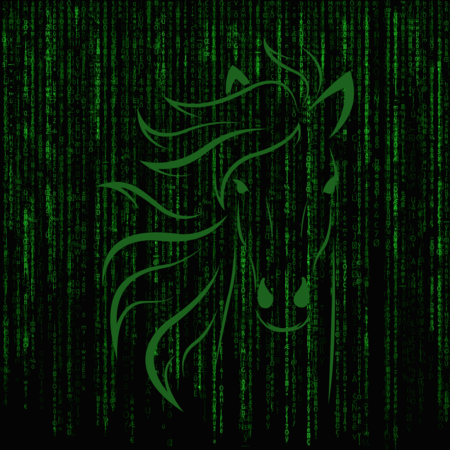
4. Backdoor
Eine Backdoor ist quasi eine Hintertür, über die Hacker Zugriff auf ein Computersystem haben. Über so eine Hintertür haben Hacker dann unbegrenzten Zugang und können beispielsweise weiter Malware auf das System laden. Außerdem haben sie Zugriff auf die komplette Aktivität auf dem Computer, wie z.B. Tastenanschläge, Webseitbesuche und auch Zugriff auf Kamera und Mikrofon des Computers.
Code Red 2
Ein bekannter Angriff über eine Backdoor war der Code Red 2 Computerwurm. Dieser nutzte einen Fehler bei Microsoft aus.Durch einen Programmfehler konnten Hacker ungebremst Zugriff auf die betroffenen Computer haben und so Befehle ausführen. Aufgrund der Backdoor hat auch ein Neustart hier nicht geholfen.
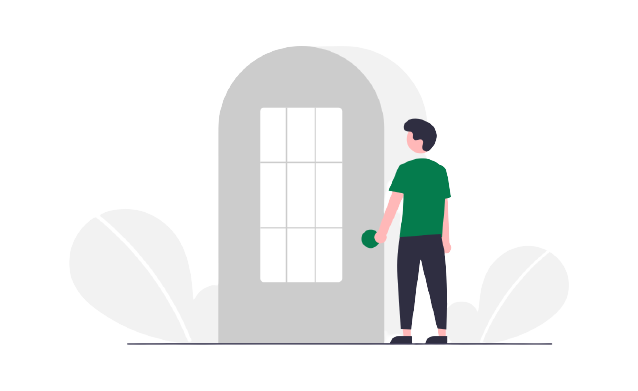
5. Spyware
Spyware, zu deutsch Spionagesoftware, spioniert, wie der Name schon sagt, den User aus. Die Spyware kann sich sowohl eigenständig installieren als auch mit Hilfe des Nutzers auf das Gerät gelangen.
Spyware zeichnet die Aktivitäten auf dem Gerät auf und gibt sie dann an Dritte weiter. Dies können Browserverlauf, E-Mail-Verkehr, Bildschirmaufzeichnungen und auch Mikrofon- und Kameraaufzeichnungen sein.
Da solche Spionagehintergrundtätigkeiten natürlich sehr viel Rechenleistung in Anspruch nehmen, verlangsamt sich ein infizierter Rechner meist auch deutlich.
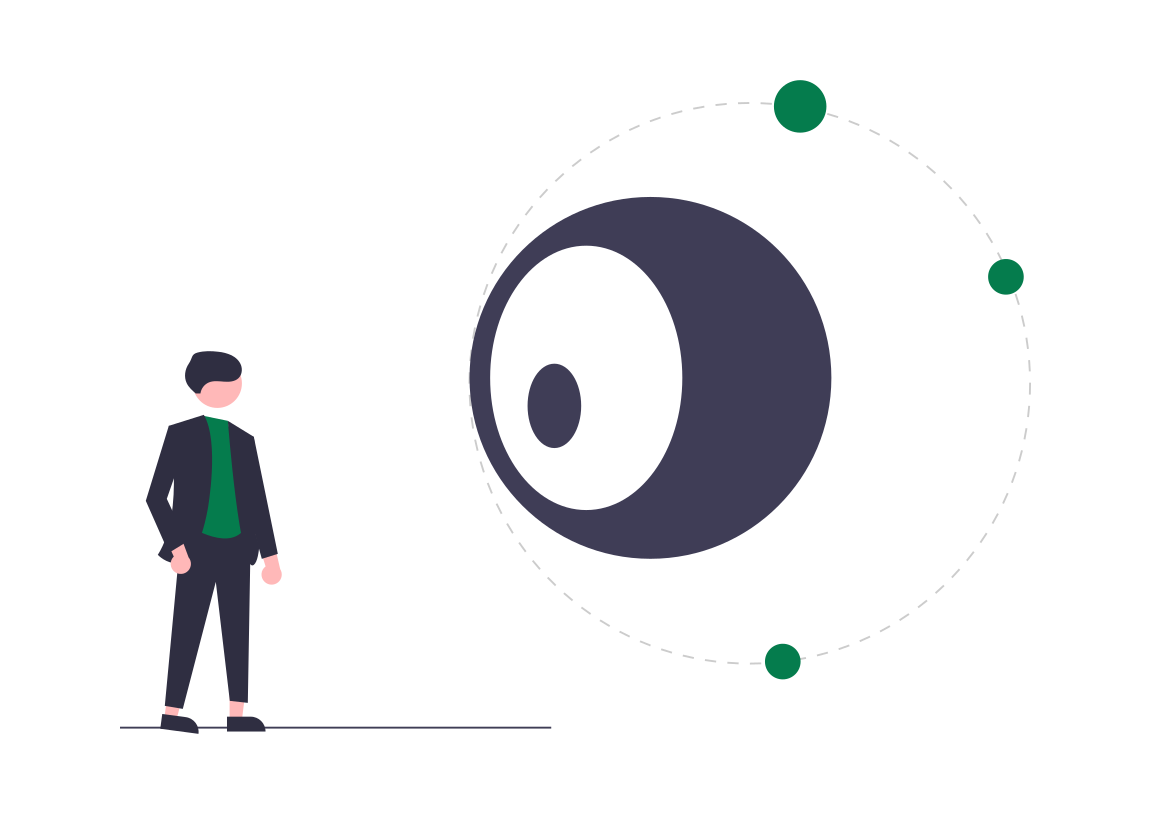
6. Ransomeware
Ransomeware ist eine Erpressorsoftware, welche Daten oder sogar ganze Systeme sperrt und diese nur gegen Lösegeld wieder freigibt.
Meist laufen solche Lösegeldzahlungen heute über Bitcoin und eine Garantie, ob man nach der Zahlung seine Daten wieder griffbereit hat, gibt es natürlich nicht.
WannaCry
Ein bekannte Ransomeware ist WannaCry. Es war eine der größten Attacken bisher und mehr als 200.000 Computer in über 150 Ländern wurden verschlüsselt.Die Attacke dauerte insgesammt vier Tage und unter den Opfern waren z.B. auch systemkritische Systeme wie beispielsweise ein Krankehaussystem inklusive medizinischem Equipment.
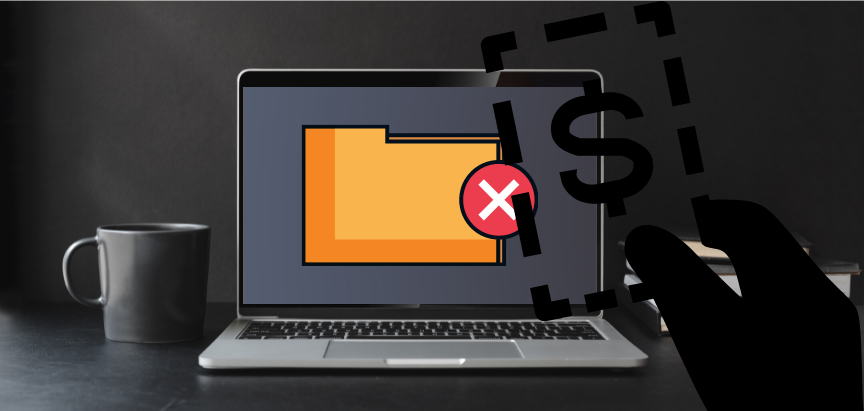
Hier finden Sie weitere Information dazu, wie die LeitzCloud Sie dabei unterstützt, sich gegen Ransomware zu schützen.
7. Schutzmaßnahmen
Es gibt einige Dinge, die Sie tun können, um das Risiko von einem Malwareangriff zu minimieren:
- Ein aktuelles Virenschutzprogramm
- Immer die aktuellesten Systemupdates haben (hier werden Sicherheitslücken dann direkt behoben)
- Vorsicht bei E-Mail-Anhängen und Programmdownloads
- Nicht immer mit Administratorenrechten angemeldet sein, so kann die Malware nicht so leicht systemweite Änderungen einführen
- Vorsicht bei Datenaustausch (egal was für Daten, theoretisch könnten alle infiziert sein)
- Ein Backup von Ihren Dateien haben (Wenn Sie doch angeriffen werden, sind Ihre Daten trotzdem noch da)
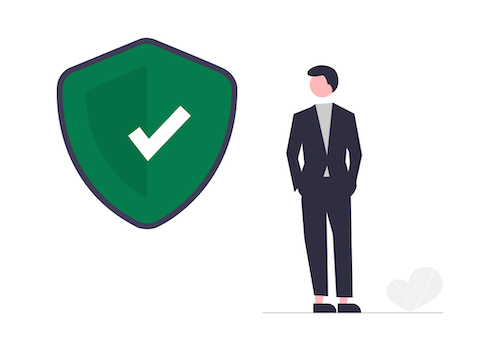
Die LeitzCloud kann Ihnen helfen sich vor Malware Angriffen zu schützen.
Mit der LeitzCloud sind Ihre Dateien immer auf unseren Servern gesichert und Sie können einfach Dateien jeglicher Art an Externe freigeben und so E-Mail-Anhängen aus dem Weg gehen.
Jetzt kostenlos testen!
Quellen:
AVG: Was ist ein Computervirus? (Zugriff 24.01.2022)
Kaspersky: Was ist ein Trojaner und welchen Schaden richtet er an? (Zugriff 24.01.2022)
Hornetsecurity: Computerwurm (Zugriff 24.01.2022)
Was ist Malware?: Backdoor – Die Hintertür auf Ihrem Rechner (Zugriff 24.01.2022)
Security Insider: Was ist Spyware? (Zugriff 24.01.2022)
BSI: Ransomware – Vorsicht vor Erpressersoftware (Zugriff 24.01.2022)
Spiegel: Wie sich ein Computerwurm vor 20 Jahren durch die Postfächer fraß (Zugriff 24.01.2022)
Testen Sie jetzt alle Funktionen der leitzcloud für 14 Tage gratis!